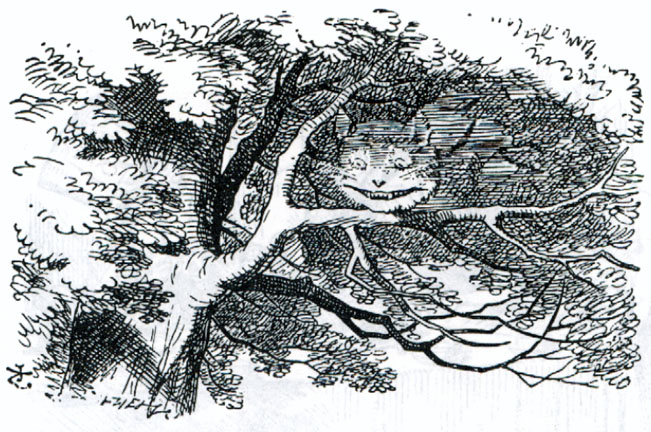FWP:
SETS == FILL-IN; HANUZ
CHAK-E GAREBAN: {17,9}
CLOTHING/NAKEDNESS: {3,5}
SMILE/LAUGHTER: {27,4}
For more on Ghalib's unpublished verses, see the discussion in {4,8x}. See also the overview index.
The 'saffron-colored' clothing could well be elegant and festive, since saffron is a very expensive spice. (I have also been told that the sight of a field of saffron is proverbially considered to make people laugh and feel merry; for a verse that rests on this belief, see {432x,1}.) Alterhatively, the term could refer to the orangey color associated with Hindu and Buddhist ascetics (though in this case the color is obtained through cheaper dyes). In either case, the speaker abandons the saffron-colored clothing, but we aren't told that he replaces it with any other kind, so that he apparently reverts to some kind of quasi-nakedness.
This nakedness became 'heart-opening' in the sense of 'exhilarating', and also in the literal sense of 'heart-revealing', 'heart-displaying' (see the definitions above). Such nakedness is also the final result of the lover's practice of chāk-e garebān (for discussion of this, see {17,9}). The mad lover rips open the neck-opening of his garment, but why should he stop there? Eventually he tears off and flings aside the whole of his clothing, so that his condition is maximally 'heart-opening' in both senses of the expression.
The naked lover finds, however, that even after his saffrony clothing has been torn off, something remains: the rip or tear, the chāk , itself. This 'rip' has the form of a smile-- the act of ripping produces two halves of the garment with a narrow opening between them, like two lips and a mouth. Such a smile is enjoyably appropriate to the 'exhilaration' described in the first line. There can also be grim or 'teeth-baring' smiles (see {149,1}); a smile like that would be just the kind that would be 'disaster-lineaged', one that would be the result of ('descended from') a long line of calamities.
Ultimately, we're left with the riddle of the 'rip'. What is it, something physical (a 'rip' in the breast) or something metaphysical (a 'rip' in the psyche)? If it remains hanūz , is that 'still' (it's been there for a long time), or 'now' (it has appeared since the tearing off of the clothing)? Will it eventually fade away, or is it there forever (see the definition of bāqī above)? The 'rip' is so enigmatic that we're left to fill in its nature for ourselves, from the depths of our own minds and hearts.
Note for translation fans: It is natural to speak of 'tearing the collar'-- but the result of this would be a 'tear'. And since the ghazal world is so full of tears and teardrops, the word overlap would certainly be confusing to some readers. So it's better to substitute 'rip' for 'tear' as the noun form, to translate chāk .
And of course the persistent 'rip' can't help but recall the lingering smile of the fading Cheshire Cat.

Asi:
I have ripped up my saffron-colored clothing-- that is, colorful clothing. And this proved to be for me a cause of exhilaration and happiness. But the rip, which is a single thing in its own right, remains; and this too is disaster-lineaged. It's clear that the disaster that has come, has come in the form of this very thing.
== Asi, p. 305